paradise pokhara situated in the central nepal in nestled in a region of a natural beauty.the valley in filled with lush... vegelation swift flowing riversand dotted with shimmering lakes.it is one of the major town of nepal.pokharais blessedwith the backtopof one of the sceneries in the world.a 140 km of panorama made up of towering himlayan an close enough to be touched on a clear day.
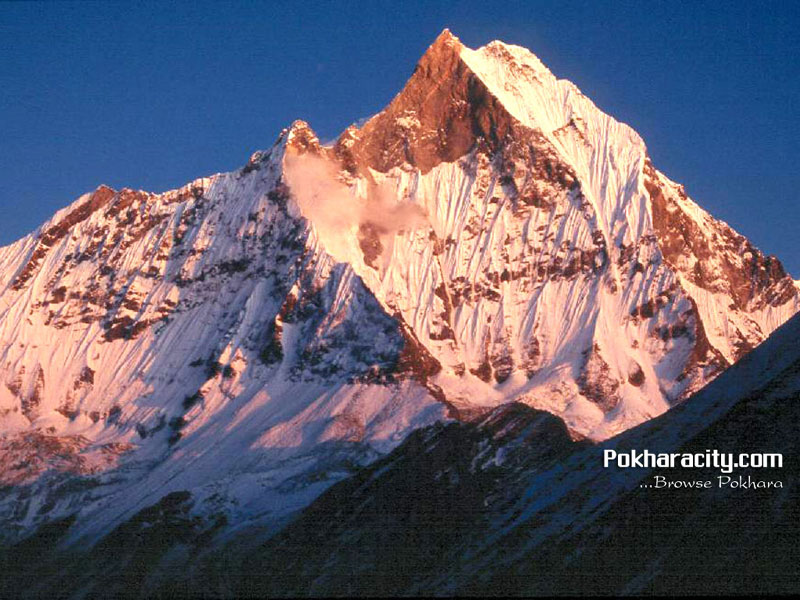
Phewa Lake: Death is only some 150 years away (Nepalnews special)
- By Akhil Tripathi in Pokhara
Once an area of high pristine beauty, top on anyone’s list of Nepal’s most idyllic and tranquil spots, Phewa lake today wears a grim look. Once in its unspoiled form, the haunt of poets and lakeside dreamers who saw the best things in man’s relationships with nature mirrored on the lake’s surface, just as the lake’s once ice clear surface eloquently mirrored the snow capped peak of Mt. Machhapuchhre (the metaphor for Fishtailed).
It spurred one of Nepal’s great poets, Bhupi Sherchan, to see the same reflection as the mountain lifting its Dhaka Topi in salute to the lovely lake. Unblemished, flawless, immaculate in its simple evocation of the beauty of nature, it was enough just to stand by its shores to calm the waters of the heart. But it seems like a lifetime ago. Over the years, this lakeside resort in western Nepal has taken a turn for the worse.
With its lovely lakes, cool hidden caves, fine looking flora and fauna, and mighty mountains in the backdrop, Pokhara valley stands as one of the most picturesque sites of Nepal. A place of remarkable natural beauty, the valley offers splendid views of the Annapurna Himalaya range. In fact, the combination of lovely lakes in the valley’s heart- and some of the highest mountains on earth in the backdrop- make the city excel in natural beauty.
Out of the three lakes that enhance the resplendence of the valley, the largest and the most enchanting one- Phewa lake, which is also the second largest lake in the kingdom, is the center of all attractions in the valley. Situated in the heart of picturesque Pokhara valley, the lake with the temple of Tal Barahi (popular amongst tourists as the island temple) in the middle, nicely reserved woods on the adjoining southern slope (Raniban), and serene water reflecting the Annapurna Range has indeed been a source of attraction for the visiting tourists from around the globe. It is, indeed, the Phewa lake that has transformed the lakeside area into a hot tourist hub. A whole slew of hotels and restaurants have opened up around the lakeside area. Thus the lake is, directly or indirectly, the means of subsistence for thousands including hundreds of boatmen, who ferry the tourists.
But sadly, this lovely lake has fallen a victim of unplanned urbanization, pollution, eutrophication, siltation and sedimentation, among others. As a result, not only the once legendary beauty of the lake but also its very existence is being threatened.
For the last few years, pollution in the lake has increased beyond measure. The result is: the beauty of this great lake, which once sang in full melody for its serene and clean water, is deteriorating day by day. The lake has very much helped the lakeside area develop into a tourist hub but the irony is that the city residents, mainly those of the lakeside area churn out the domestic waste and garbage through the sewerage that ends in the lake, slowly killing it. Hotel entrepreneurs, too, allow polluted water from their premises to flow into lake.
In a bid to maintain the healthy environment of the city, an environment promotion project under the Pokhara sub-metropolis had built the sewerage with an assistance of Rs.40 million from the Asian Development Bank. "But people connected the outlets of their domestic liquid waste to the sewerage system which was built to channel the rainwater into the lake," says Ramesh Bahadur Bhattarai, president of Phewa Lake Conservation Project. He adds, “The plan to link the sewerage system to the lake was flawed and we had protested against it. But they said the sewerage was made to control the flood in monsoon. But today you can see it has only polluted the lake”.
“If the sub- metropolis, the responsible body, itself gets engaged in contaminating the lake, what more tragedy is likely to befall the city?” he asks.
The Phirke and Bulaudi streams and the Seti canal, too, end up in the lake. But before ending in the lake, they collect all the city’s garbage, sullage, sewerage, and wastages of all kinds. "Apart from this, some hoteliers and restaurateurs still dispose the overflow of their septic tanks into the lake at night," says Mangal Nepali, president of Pokhara Community Service, a community-based group.
Sedimentation and siltation are other major problems that have threatened the lake's existence. In fact, the lake has already lost a huge chunk of its surface area due to sedimentation, siltation and encroachment. Old-timers in Pokhara recall that the lake was much bigger some half a century ago. Haram Jalari, 75, a fisherman recalls, “50 years back, the lake was up to Pame, but now half of that has changed into fields. My grand children don’t believe when I tell them this fact.”
Agrees Dr Devendra Bahadur Lamichhane, who has carried out a research on the lake. "The lake's surface area was 10 sq. km in 1956 but coming to 1995, it had shrunk to 4.5 sq. km. The topological maps taken in 1957-58 and even the aerial photographs taken by Airmap, an Italian company, in 1971 reveal that the lake was much bigger,” he adds.
The lake is being sedimented in the west from the eroded debris of the Harpan river- the source of the lake- and its tributaries. In fact, the Harpan river becomes the sorrow of the Phewa Lake in every rainy season. Dr Lamichhane says, "More than 1.7 million metric ton of sediment is deposited in the lake by the transportation of Harpan and its tributaries every year. Assuming the current rate of sedimentation and pollution, the death of this great lake is only some 150 years away."
Despite various workshops, seminars and projects designed especially for the preservation of the lake, there seems very little gain and the lake is fast approaching its death. The local residents also seem indifferent to the deteriorating state of the lake and are rather involved in its pollution. They are busy in washing their clothes while their cattle are bathing frequently in the lake. Only a planned government intervention in time can save the lake. Dr Lamichane remarks, “The lake has already crossed the mesotrophic stage and is in the ongoing stage of eutrophication. Unless the people of this area together with the local, regional, and national administrators are aware of the lake’s situation, it will be virtually contracted to reach the dystrophic stage. It will be eventually converted into terra firma”.
 morning, killing at least 150 people and injuring 800 more, police and railway officials have said.
morning, killing at least 150 people and injuring 800 more, police and railway officials have said. that could lead them to the architect of the attacks, the UK's Press Association said.
that could lead them to the architect of the attacks, the UK's Press Association said.  Brad Pitt has been hospitalized with a flu-like illness.
Brad Pitt has been hospitalized with a flu-like illness.



 Plane fire footage
Plane fire footage





 윤성효(cjnews) 기자
윤성효(cjnews) 기자 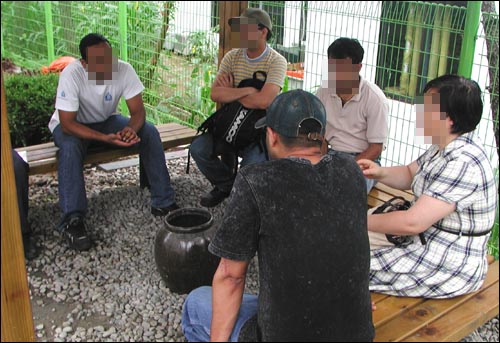
 Brussels, 1 July 2005 (ICFTU OnLine): More than 250,000 people have taken part in public protests over the past two days against the conservative Australian Federal Government’s plans to remove protection from unfair dismissal for most workers, impose heavy restrictions on union organising and collective bargaining rights, push workers onto individual employment contracts and weaken mechanisms for setting minimum wages.
Brussels, 1 July 2005 (ICFTU OnLine): More than 250,000 people have taken part in public protests over the past two days against the conservative Australian Federal Government’s plans to remove protection from unfair dismissal for most workers, impose heavy restrictions on union organising and collective bargaining rights, push workers onto individual employment contracts and weaken mechanisms for setting minimum wages. 







 They have their own language and their cultural practices are still existing. The Gurungs live in small round, oval or rectangular houses which are clustered to form a single village. The upper section of their house is white washed and the lower part is red plastered.
They have their own language and their cultural practices are still existing. The Gurungs live in small round, oval or rectangular houses which are clustered to form a single village. The upper section of their house is white washed and the lower part is red plastered.  hundred Thak but nowadays they have increased in number and have spread much further. Thakalis have regular feature of Mongolian with round face, flat nose, high cheekbones, narrow eyes and yellow skin pigments. They speak their own language which belongs to the Tibeto-Burmese family.
hundred Thak but nowadays they have increased in number and have spread much further. Thakalis have regular feature of Mongolian with round face, flat nose, high cheekbones, narrow eyes and yellow skin pigments. They speak their own language which belongs to the Tibeto-Burmese family. 
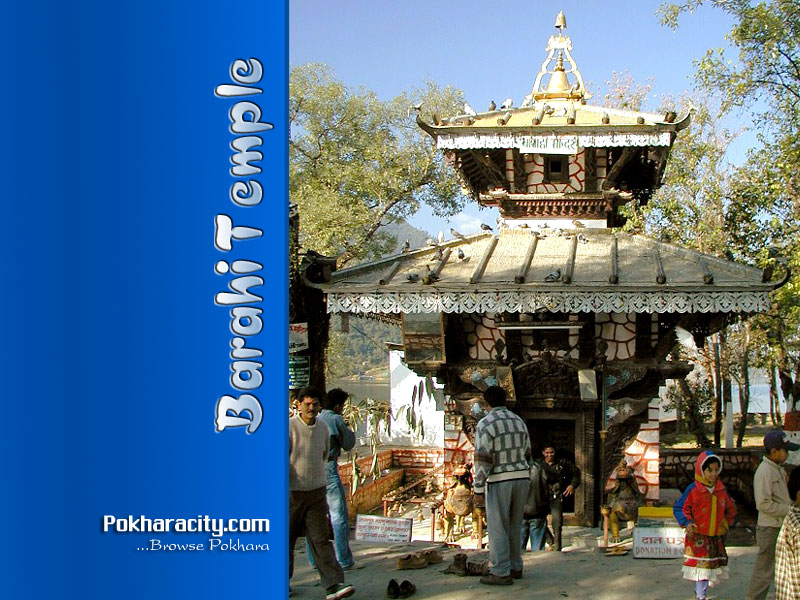
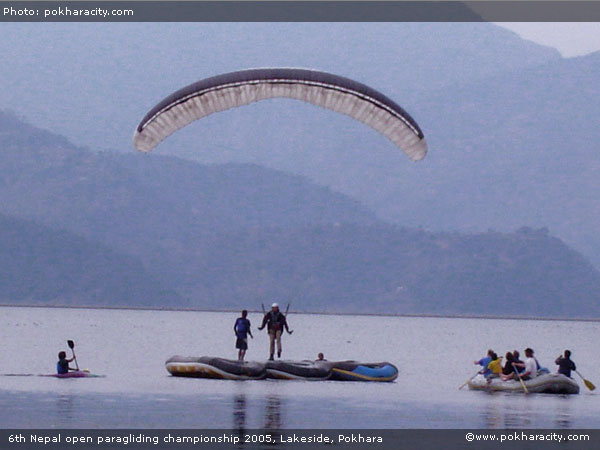
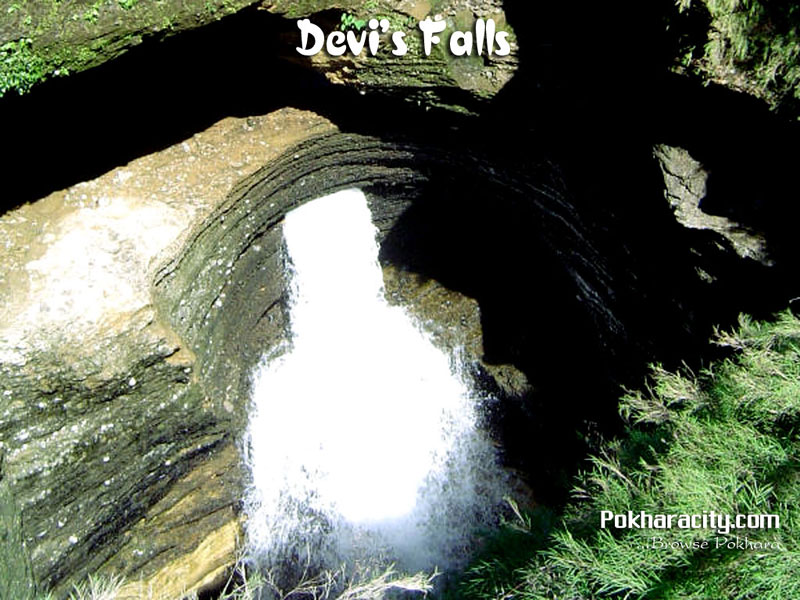
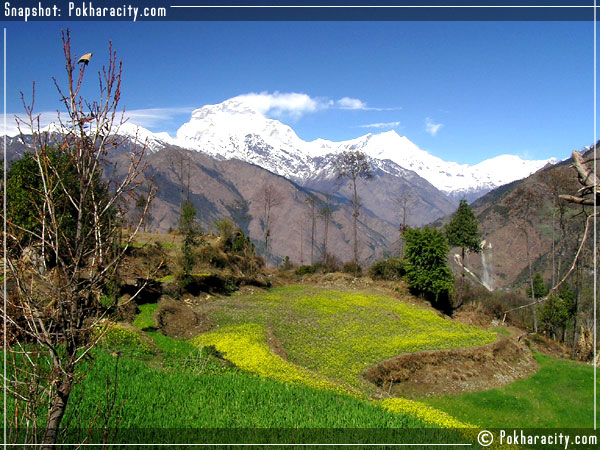
 NEAR POKHARA CULTURAL PROGRAMM
NEAR POKHARA CULTURAL PROGRAMM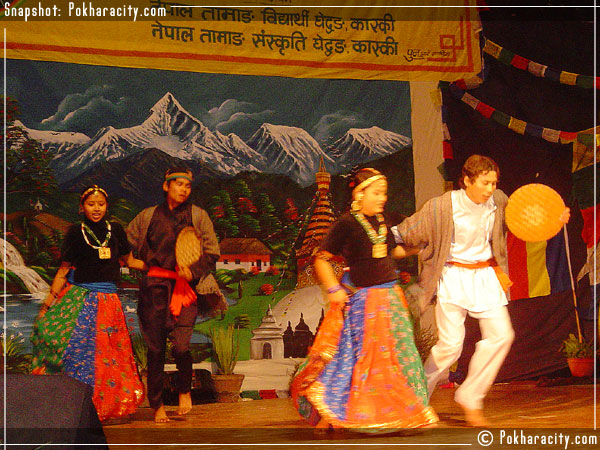
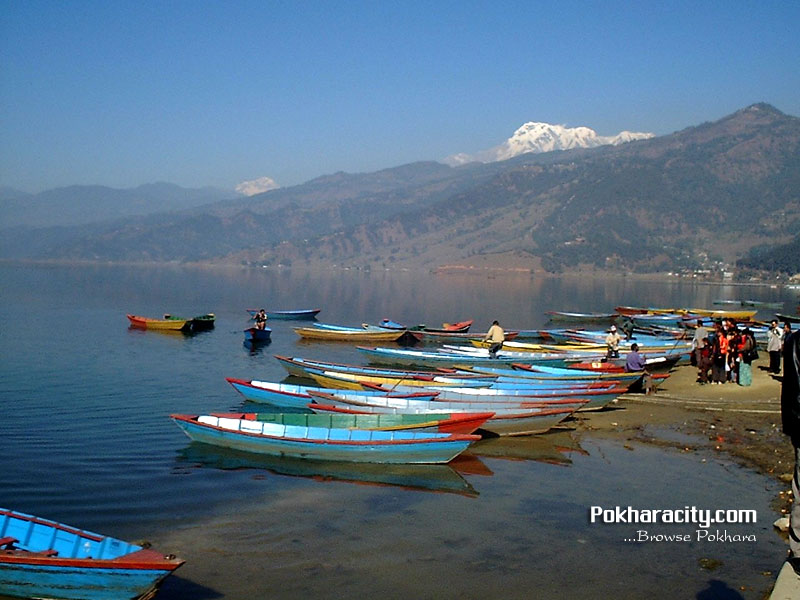
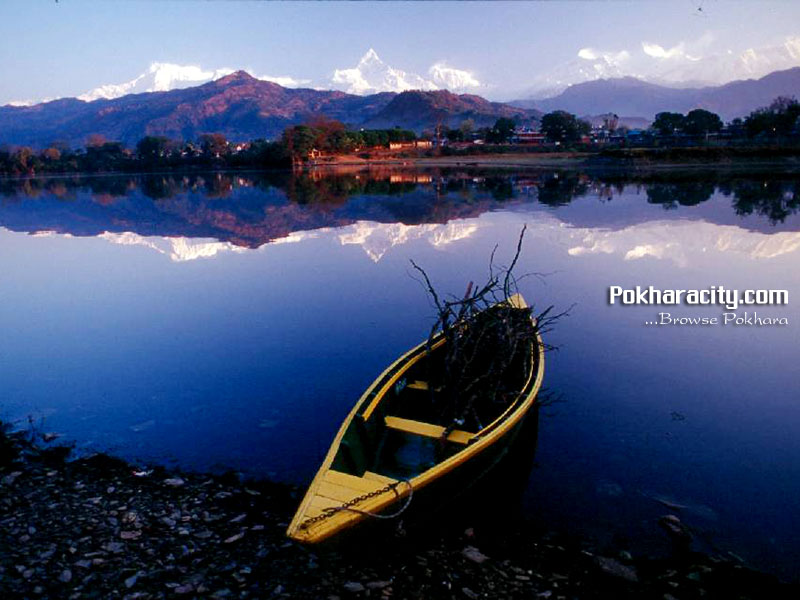
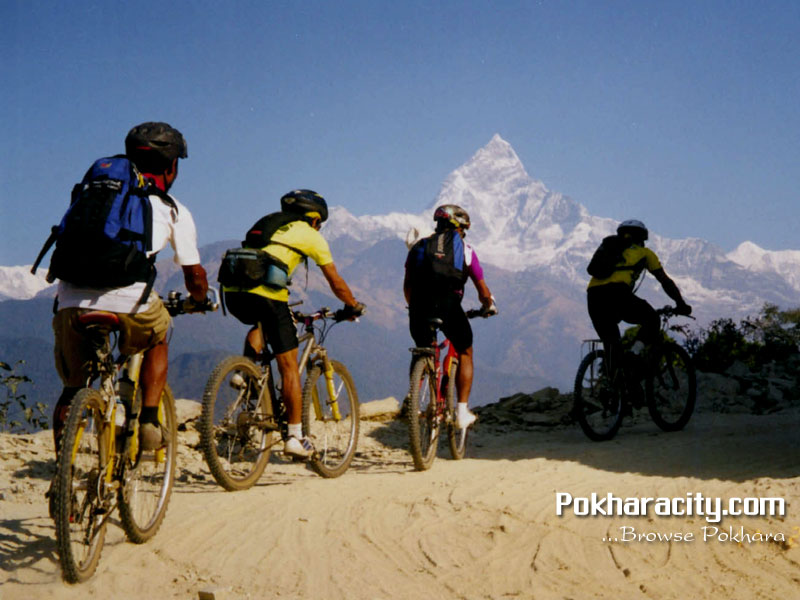

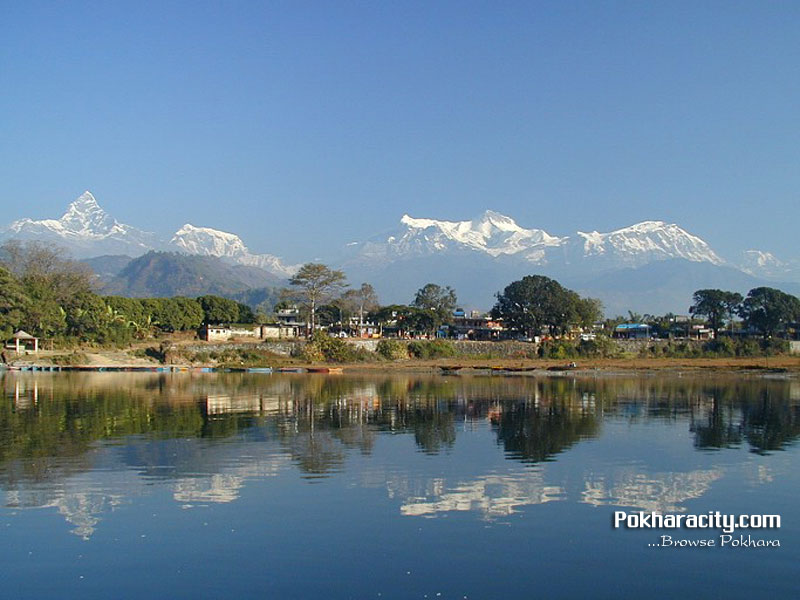
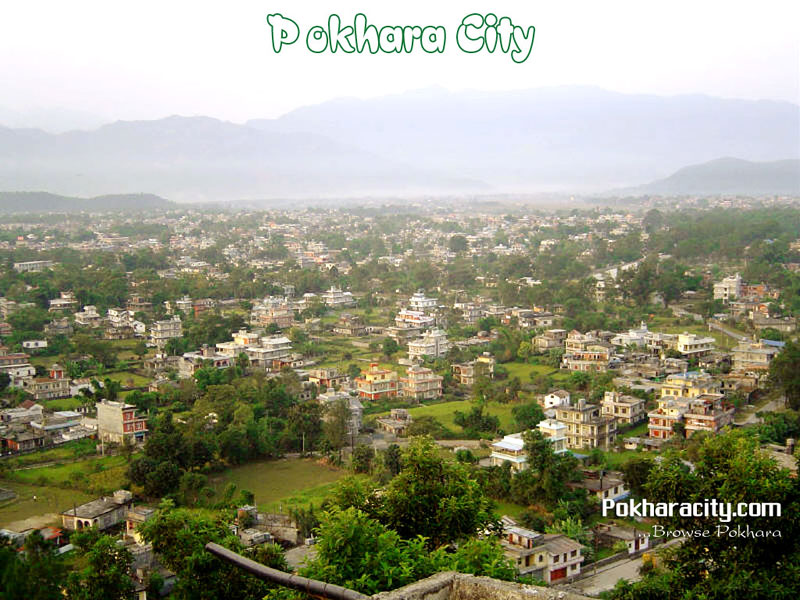
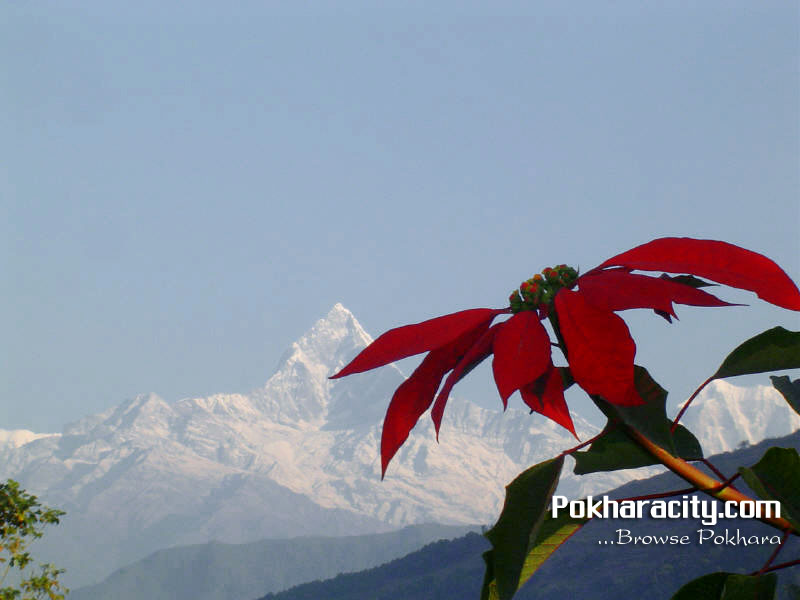

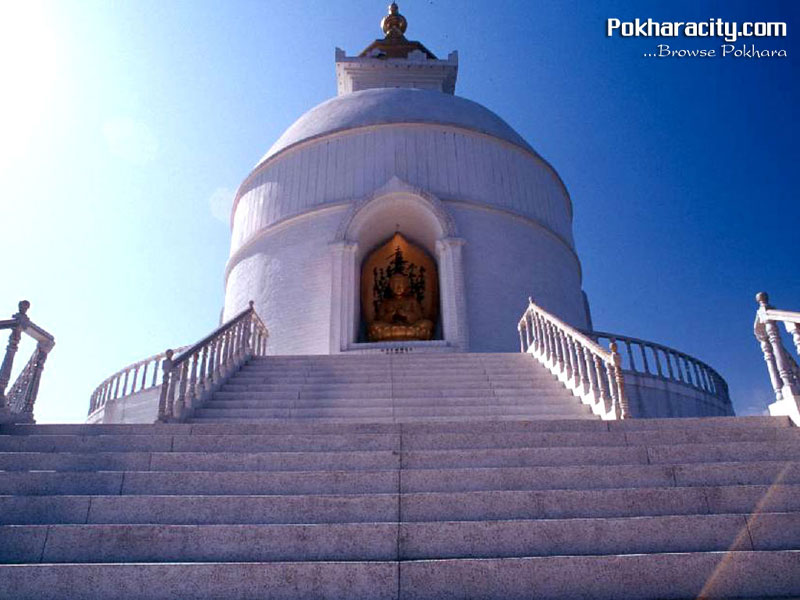
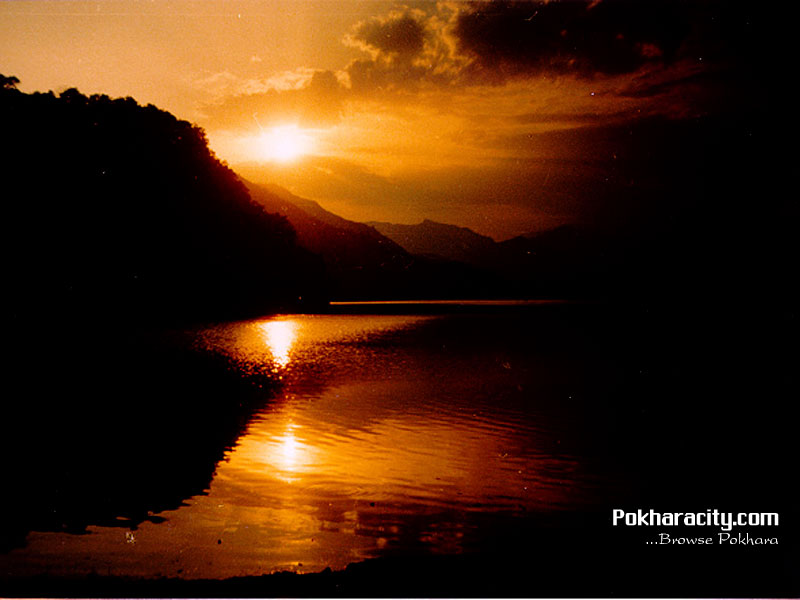




최근 댓글 목록